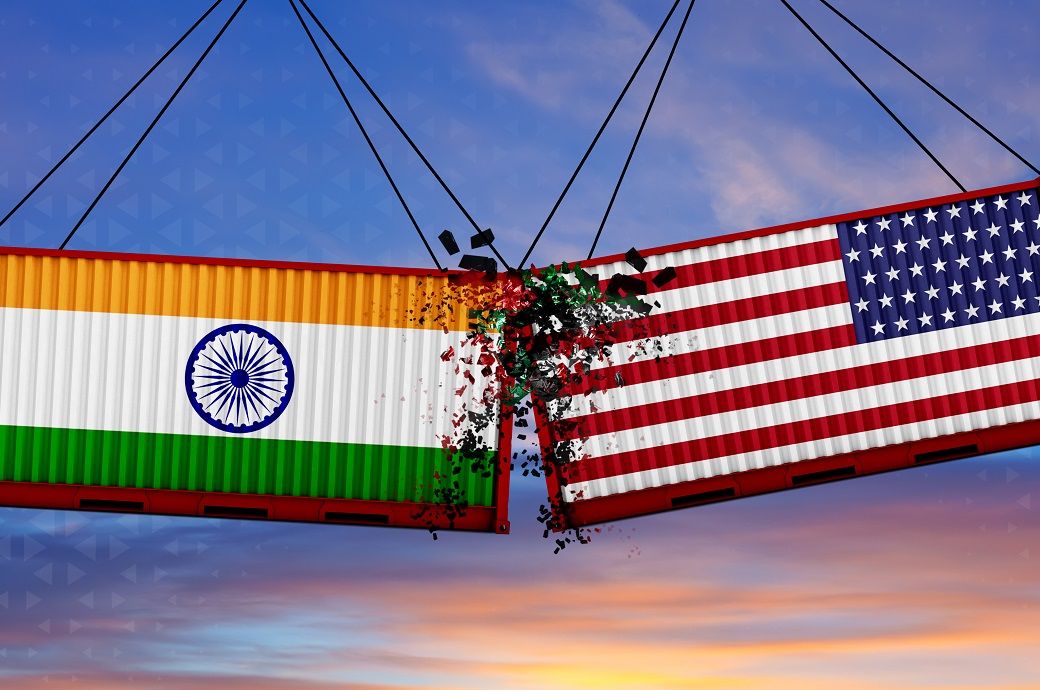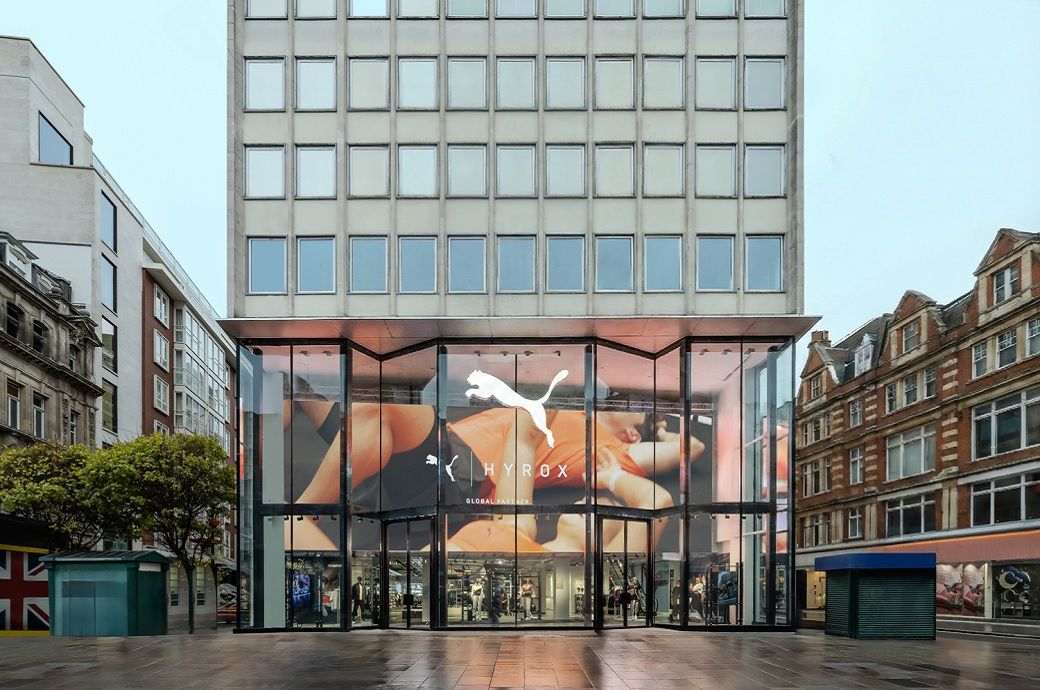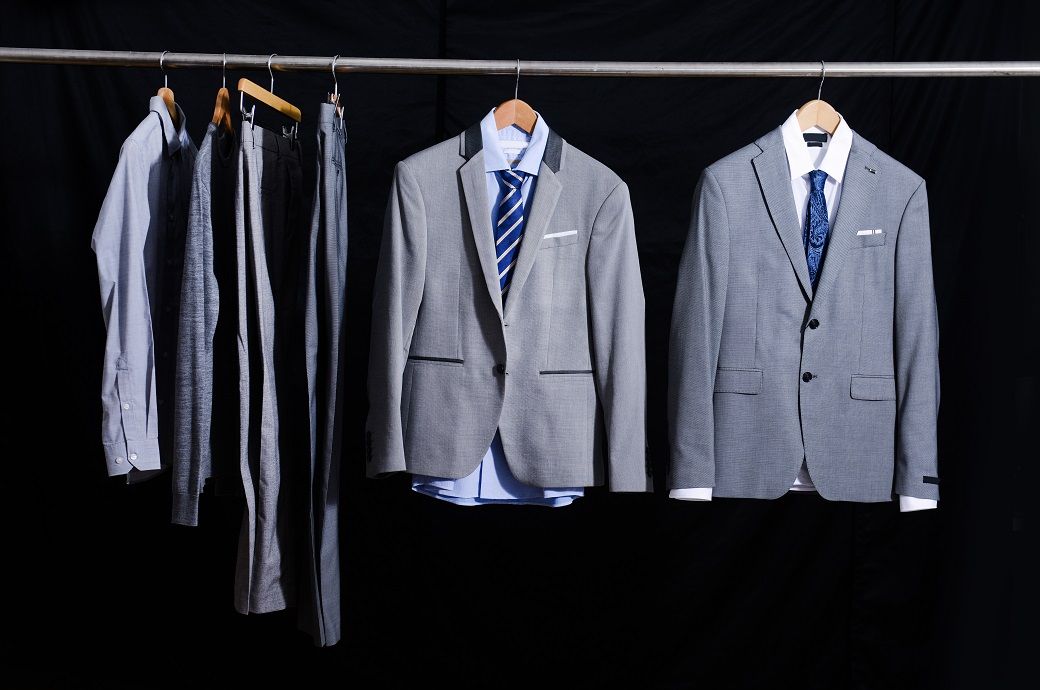
An undefined penalty clause tied to the newly imposed US tariffs has emerged as a significant challenge for India’s textile and garment exports. When US President Donald Trump announced a 25 per cent reciprocal tariff on Indian exports, it created unease within the industry—but many exporters believed they could navigate the situation. However, the penalty clause attached to the tariff has now become a much more serious concern, one that even the Indian government may struggle to address due to its deliberate ambiguity.
Indian garment exporters are more concerned about an undefined penalty clause tied to the US’ 25 per cent reciprocal tariff than the tariff itself.
The ambiguity, driven by President Donald Trump’s threats over India’s Russian oil purchases, is paralysing trade planning.
Neither buyers nor exporters can act, and even Indian ministries remain uncertain about the implications.
Trump is targeting India over its oil purchases from Russia and other geopolitical issues. He has also threatened to impose heavy penalties in addition to the reciprocal tariffs, but without specifying the exact nature or quantum of these penalties. This deliberate lack of clarity has effectively weaponised tariffs into a diplomatic tool, leaving exporters and importers unable to plan or price shipments reliably.
Industry sources say the unspecified penalty clause has pushed the Indian garment and textile sector into a state of paralysis. Neither buyers nor exporters are able to confirm orders, as they cannot determine the actual tariff that will apply when consignments arrive at US ports. The timing is particularly critical, as US retailers typically place pre-winter orders for the New Year and Christmas season around this period. But the prevailing tariff uncertainty has stalled this process.
Although the Ministry of Textiles and the Ministry of Commerce and Industry are engaging with industry stakeholders, discussions have largely focused on India’s position relative to competing countries under the new tariff regime. A source from the Apparel Export Promotion Council noted that the government and industry may be able to maintain competitiveness even under higher tariffs—but the undefined penalty clause renders such planning ineffective. Even the relevant ministries are currently unclear about the implications.
There are growing indications that the tariff issue has become more of a diplomatic challenge than an economic one. As such, the Ministry of External Affairs is playing a larger role in negotiations with the US administration to resolve the matter.
Fibre2Fashion News Desk (KK)






